Immigration and society
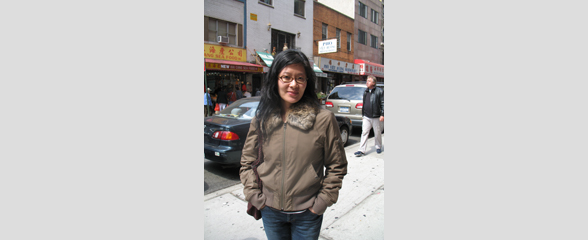
2008.040.016 Oral History Interview with Mannar Wong April 20, 2008
In her interview, Mannar Wong describes the changes she has seen in Chinatown spanning the past forty years. Emigrating with her mother and father from Hong Kong in the early seventies, Wong was raised in Chinatown and moved to Brooklyn with her parents in the eighties when she was a pre-adolescent. In the nineties, she later returned to the neighborhood she now refers to as “Chinatown Little Italy.†Wongs parents initially disapproved of her decision to move back into Chinatown, a place they regarded as a “starting point†for immigrants.
However, Wong considers present-day Chinatown “hip and appealingâ€, which she says was the partly the result of a community of creative types who renovated the area and acted as trailblazers for others to settle there. Wong classifies gentrification as, for the most part, making a place more desirable to people. Although, she warns that the question of whether gentrification is positive or negative is a loaded question – for instance, while she enjoys the appeal and “creature comforts†of the neighborhood, Wong predicts that she will eventually move out due to rising rent prices. Moreover, even though she does not consider herself an activist, she disagrees with small family-owned businesses being replaced by businesses that are not useful to the community.
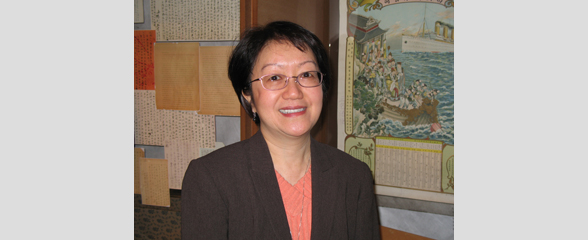
2008.040.017 Oral History Interview with Margaret Chin March 6, 2008
Margaret Chin, Deputy Executive Director of Asian Americans for Equality (AAFE), shares her experiences immigrating to the United States with her family in 1963 and growing up on Mulberry Street, and later Mott Street, both of which were inhabited by predominantly Chinese and Italian populations. Her memories of Chinatown reveal that it was a much smaller community then, which eventually expanded and became more vocal about Asian American rights.
As a young adult, Chin became increasingly interested in and involved with volunteering for AAFE, an advocacy organization established in 1974. AAFE played a key role in organizing Chinatown tenants to fight against eviction, harassment, and gentrification in the housing developments; to secure decent housing for low-income families; and to expose the threat of development and tourism on Chinatowns “authenticityâ€. Chin believes that the organization has succeeded in staying true to its mission by actively organizing and changing policy and legislation for the benefit of the community.

2008.040.024 Oral History Interview with Cindy Lin February 15, 2008
Ming Xian Lin, also known as Cindy, tells MOCA about her experience immigrating to Chinatown from Shanghai where she had worked first as a farmer during the cultural revolution and then as a telephone operator. She discusses what Chinatown looked like in the early 1990s when she arrived, going into depth about her experiences working in different garment factories and her concerns about the crime in the area. Cindy also explains how the neighborhood has changed and offers some of her thoughts about gentrification and what she thinks the government and people in the community should do about it. She also shares her thoughts on the importance Chinese immigrants learning english and how she found her drive to pick up the language at 38 years old. She concludes by discussing how she hopes her family will remain engaged with Chinatown and the broader American world.
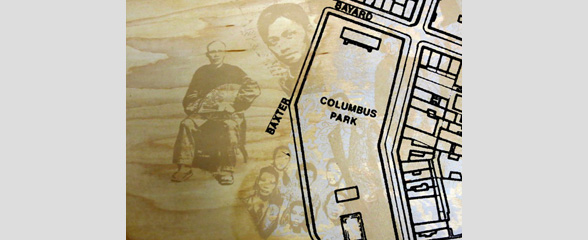
2008.040.026 Oral History Interview with Lana Cheung February 25, 2008
Lana Cheung emigrated with her husband from Hong Kong to the United States in 1987. Shortly after her arrival to New York, she remembers being initially surprised by the differences between Chinatown and Hong Kong, particularly in the contrasting architecture and combined residential and commercial areas. Cheung considers Chinatown a safe harbor for Chinese immigrants, where they had a sense of security and could speak their native language.
Cheung was employed by a Jewish import company, and later as a union agent for the garment workers union, UNITE (which had a Chinatown office starting in 1998). As a union representative, Cheung provides an insider perspective of the garment factory working conditions, which affected mostly Chinese immigrant women who endured long hours, hard labor, and the burden of sustaining their families. She notes that the garment factories also functioned as a place for women to communicate and socialize with each other, a detail that is often overlooked in historical accounts of garment factory working conditions.
Following September 11th, however, the garment industry slowed down and many of the garment factories were replaced by condominiums. While Cheung hopes that at least one garment facility will be preserved in memory of Chinatown’s industrial history, she otherwise welcomes the new developments and hopes that the younger and energetic generations will be a positive and reviving influence on community. Along these same lines, she acknowledges some current positive changes in sanitation, tourism, and efforts to ensure that Chinese culture and language are preserved in succeeding generations.
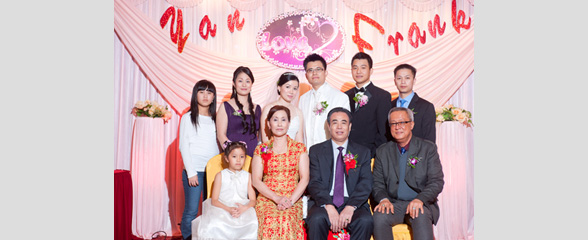
2013.022.003 Oral History Interview with Frank Liu
Frank Liu, former Director of Technology at MOCA, sits down with Tomie Arai to conduct an oral history recounting his experience growing up in Chinatown during the ‘90s and early 2000s. Liu discusses his family’s history and their experience immigrating to the U.S. from Fuzhou, Fujian when he was seventeen years old, in 1998. He discusses how his uncle was able to sponsor his family to come to the U.S. and how his family moved to Chinatown initially upon their arrival. He discusses how even though his family was able to immigrate to America legally through his uncle, many other Fujianese people at the time were smuggled to America illegally in hopes of a better future for themselves and their children. Liu talks about the two main groups of people in Chinatown: the Fujianese and the Cantonese. He discusses his ties to the Fujianese community in Chinatown through his mother, and how his family gets together for family reunions to see each other and feel connected through their Fujianese roots. He talks about meeting his wife and learning to communicate with her family, since she is originally from Taishan and her parents only speak Cantonese. He talks about how glad he is that his mother encouraged him to go to school and study instead of taking the more traditional route of earning money right away, and he remarks on how much he values his education. Frank introduces some artifacts that are important to his family’s history, such as photos from when they first immigrated, photos from the first time they rode the New York subway, and a digital camera that he saved for and was the first important object that he purchased for himself with his earned savings. The interview ends with the discussion of a Fujianese museum or community archive, and the materials or items that Liu would want included in that documentation effort.
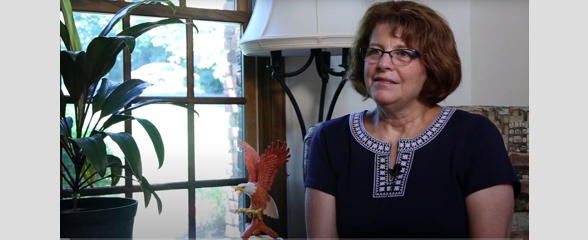
2018.034.004 Oral History Interview with Cindy Lobach
This oral history focuses on People of the Golden Vision’s treasurer and founding member Cindy Lobach, as she reflects on the role of the paper sculptures in the Golden Venture detainees’ eventual release. She discusses how the sculptures have ended up in many unexpected places, which speaks to their lasting cultural impact. Lobach reflects on how the detainment of the Golden Venture refugees and their beautiful artwork changed their supporters and the people of York. She also discusses how the creation of these paper sculptures gave the detainees hope for a better future. Lobach describes these refugees’ difficulties adapting to York and the racist attitudes many people have towards immigrants. She hopes that visitors to the exhibit will be come to understand that many immigrants who come to the United States undocumented do so because they are fleeing persecution and there is no other choice for them. She hopes the exhibit will show the potential of art to change lives.
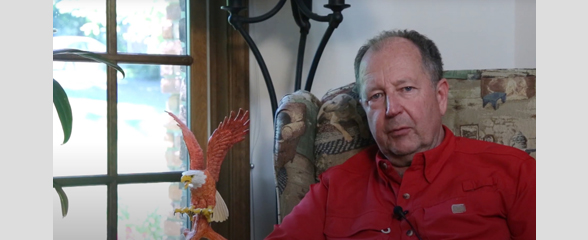
2018.034.005 Oral History Interview with Jeff Lobach July 9, 2017
This oral history focuses on Jeff Lobach, who was President of the Pennsylvania Bar Association at the time of the Golden Venture. He organized the lawyers who were trained for the purpose of defending the detainees of the Golden Venture. He speaks about his experience as a lawyer at the time, and how he faced frustrating rulings and resistance from the Justice Department. He worked to spread awareness about the Golden Venture at the time and discusses the significance of art and the sculptures in the movement. He also talks about how his personal life has been enriched by each of the asylum seekers whom he has defended as a lawyer.